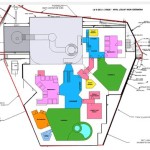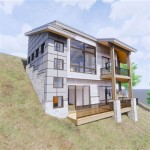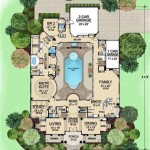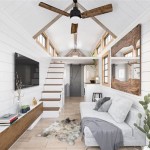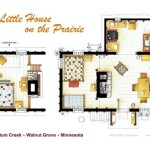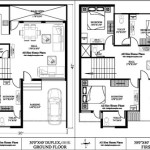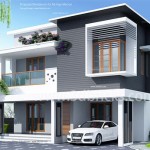Essential Aspects of Residential Assisted Living House Plans
Designing a residential assisted living house requires careful consideration of specific aspects to ensure the well-being and comfort of its residents. While every project may have its unique requirements, there are several key elements that should be addressed in any house plan.
1. Accessibility and SafetyAccessibility and safety should be paramount in assisted living house plans. Wide hallways, ramps, and accessible doorways are essential for wheelchairs and mobility aids. Non-slip flooring, grab bars, and emergency call systems enhance safety and reduce the risk of falls and accidents.
2. Universal DesignUniversal design principles aim to create spaces that are accessible and comfortable for people with diverse abilities and needs. Features such as adjustable sinks, accessible showers, and adaptive kitchen appliances make daily tasks easier and more independent for residents.
3. Functional SpacesThe house plan should allocate functional spaces that meet the needs of residents. Private bedrooms and en-suite bathrooms provide privacy and dignity. Communal areas, such as living rooms, dining rooms, and outdoor patios, encourage socialization and interaction.
4. Technology IntegrationTechnology can significantly enhance the quality of life in assisted living houses. Smart home systems can control lighting, heating, and security, providing convenience and peace of mind. Assistive technologies, such as medication reminders and fall detection devices, promote independence and safety.
5. Flexibility and AdaptabilityAs residents' needs change over time, the house should be designed for flexibility and adaptability. Modular units or reconfigurable walls allow for adjustments to room sizes or layouts. The ability to add or remove assistive devices ensures that the house can accommodate evolving mobility and healthcare requirements.
6. Outdoor AreasAccess to outdoor spaces is essential for residents' well-being. Well-maintained gardens, patios, and walkways provide opportunities for fresh air, exercise, and socialization. Safety features, such as shaded areas and secure fencing, should be incorporated to ensure the comfort and security of residents.
7. Sustainability and Energy EfficiencyDesigning an assisted living house with sustainability in mind not only reduces operating costs but also contributes to the well-being of residents. Energy-efficient appliances, natural lighting, and water conservation measures create a comfortable and environmentally friendly living environment.
ConclusionResidential assisted living house plans require meticulous attention to these essential aspects. By prioritizing accessibility, safety, functionality, technology integration, flexibility, outdoor areas, and sustainability, designers can create spaces that promote dignity, independence, and the well-being of their residents.

Assisted Living Residential Unit Plan

Pin Page

Floor Plan Assisted Living Supports Bross Street
Getting Better With Age Design For Senior And Assisted Living Facilities Architect

16 Assisted Living Facility Floor Plans Ideas House

Floor Plan Of A Residential Care Home That Conforms To The Typology Scientific Diagram

16 Assisted Living Facility Floor Plans Ideas House

Plan Of Assisted Living Facility And Extra Care Housing Below In Scientific Diagram

Sem Haven Floor Plans

Floor Plans


